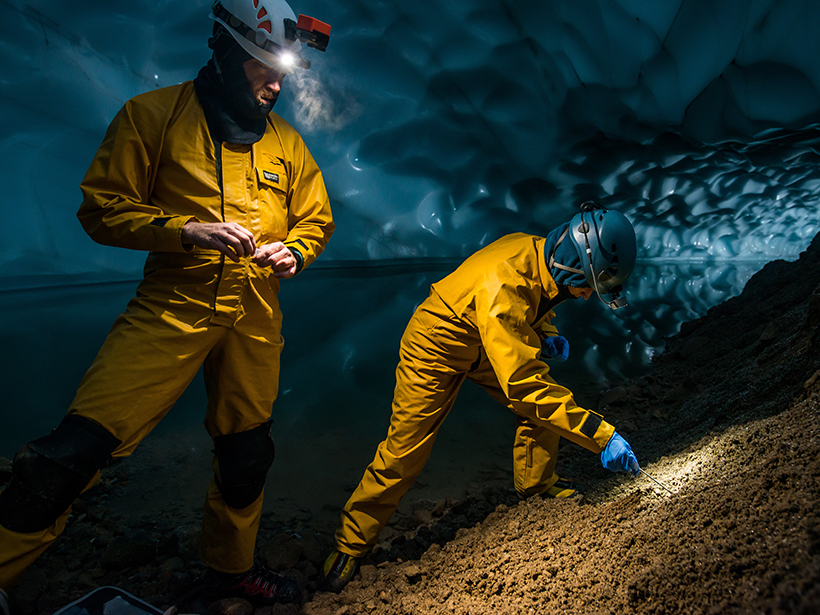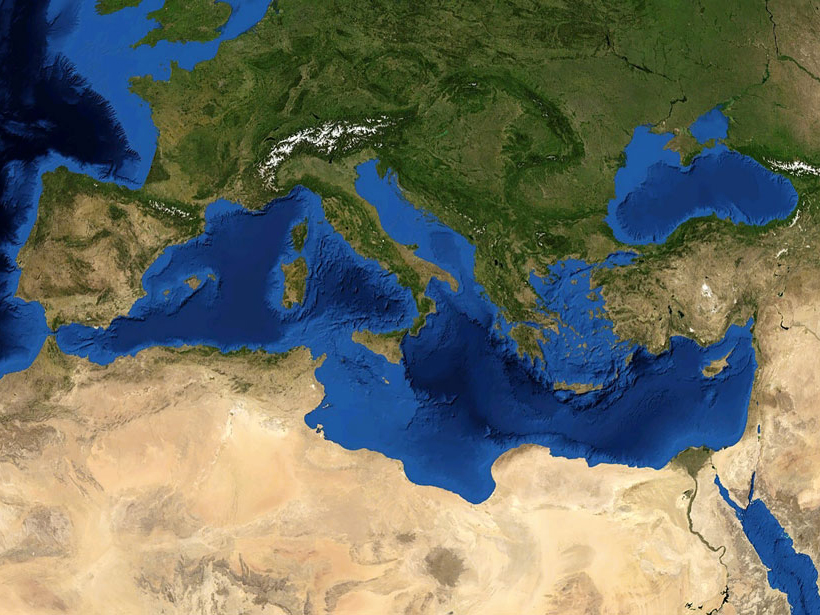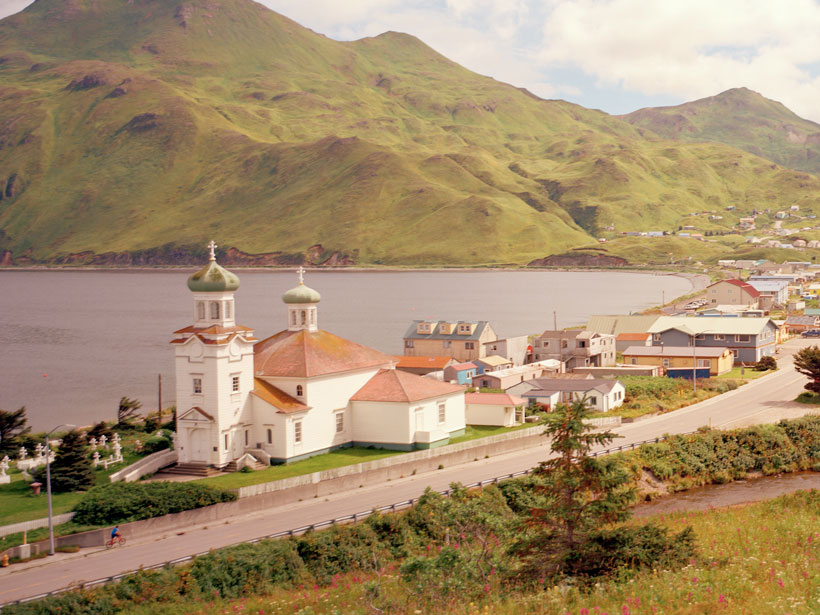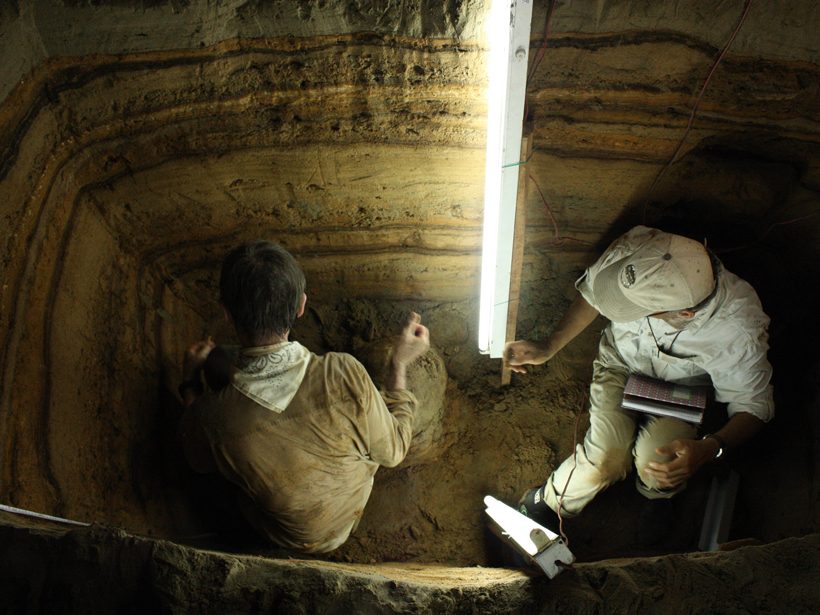Researchers brave perils and tumbling trash to probe glacial caves on Mount Rainier, improving their understanding of its extraordinary environment and helping to advance space exploration.
Katherine Kornei
Katherine Kornei is a freelance science journalist covering Earth and space science. Her bylines frequently appear in Eos, Science, and The New York Times. Katherine holds a Ph.D. in astronomy from the University of California, Los Angeles.
Signatures of Dinosaur Poop Found in Cretaceous Coal Seams
Coal analysis suggests that plant-eating dinosaurs, by walking kilometers between their picnic areas and their toilets, distributed important nutrients widely and boosted ecosystem health.
Storms May Have Produced Most Mediterranean “Tsunami” Deposits
A new analysis reveals that nearly all of the region’s sedimentary evidence ascribed to tsunamis, which dates back 4,500 years, corresponds to periods of heightened storminess.
Satellite Quantifies Carbon Dioxide from Coal-Fired Power Plants
Using data from NASA’s Orbiting Carbon Observatory 2 satellite, researchers measured emissions of the greenhouse gas from individual coal plants in the United States, India, and South Africa.
Faults off Alaska Look Akin to Those Behind 2011 Japan Disaster
In a seismically quiet segment of Alaska’s subduction zone lie faults with structures similar to those of the system that caused the deadly Tohoku earthquake and tsunami.
Caribbean Sediment Traced to 1755 Portuguese Quake and Tsunami
Archaeologists digging in Martinique chanced upon the first tsunami deposit from the earthquake found in the New World. The tsunami left a strong trace, it seems, because the wave went up a river.
Big Space Rock to Pass near Earth on Friday
An asteroid named for Florence Nightingale will make its closest approach to our planet since 1890 but will remain a safe distance away.
Panama Study: Tallest Tropical Trees Died Mostly from Lightning
On Barro Colorado Island in the Panama Canal, scientists map lightning strikes and find that they kill mainly the loftiest trees, likely disturbing the forest ecology.
Indonesian Cave Reveals Nearly 5,000 Years of Tsunamis
Researchers explore a coastal cave containing layers of sand deposited by 11 prehistoric tsunamis and demonstrate that the time period between massive waves is highly variable.
Seafloor Data from Lost Airliner Search Are Publicly Released
Detailed maps of the bottom of the Indian Ocean reveal deep canyons and landslides but no wreckage of Malaysia Airlines flight MH370, which went missing in 2014.










